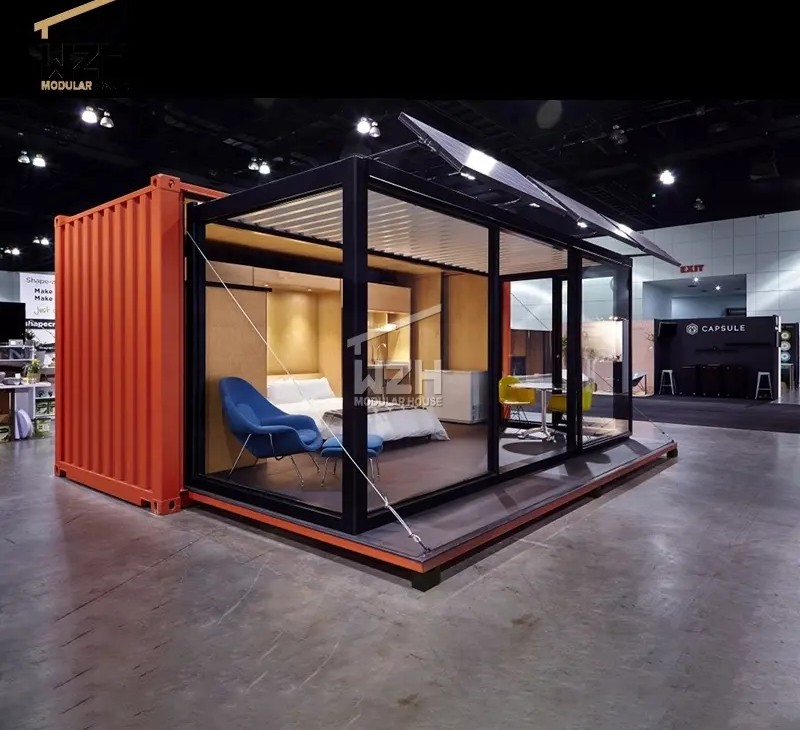Different Applications of Container Houses
Container houses, also known as shipping container homes, are gaining popularity as a sustainable and cost-effective housing option. These homes are made from recycled shipping containers that are no longer used for cargo transportation. In this article, we will discuss everything you need to know about container houses, including their advantages, disadvantages, and building process.
Advantages of Container Houses:
Cost-Effective: One of the biggest advantages of container houses is their affordability. Containers can be purchased at a relatively low cost, and they can be transformed into a home for a fraction of the cost of traditional construction.
Quick Construction: Container homes can be built much faster than traditional homes. Since containers are pre-fabricated, they can be quickly modified and assembled on-site, reducing construction time.
Environmentally Friendly: Container homes are eco-friendly since they reuse existing materials. Recycling shipping containers not only reduces waste but also reduces the need for new materials.
Portable: Container homes are portable and can be easily moved to different locations. This makes them a great option for people who frequently move or want a vacation home that can be relocated.
Strong and Durable: Shipping containers are designed to withstand harsh marine environments, making them strong and durable. They are also resistant to pests and fire, making them a safe and secure housing option.
Hot Sell 20 Feet Sliding Container House
Building Process of Container Houses:
Design: The first step in building a container home is designing the layout. The design process includes choosing the number of containers, the orientation, and the size of the home.
Site Preparation: Once the design is finalized, the site preparation begins. The site needs to be cleared, leveled, and the foundation needs to be laid.
Container Modification: The containers are then modified to fit the design requirements. This includes cutting openings for doors and windows, reinforcing the structure, and installing insulation.
Assembly: Once the containers are modified, they are transported to the site and assembled. This involves welding the containers together and securing them to the foundation.
Interior Finish: After the containers are assembled, the interior finish work begins. This includes installing plumbing, electrical, and HVAC systems, as well as adding flooring, drywall, and finishing touches.
Applications of Container House
Residential homes: Container houses are ideal for creating small, affordable, and energy-efficient homes. They can be used as standalone units or combined to create larger homes.
Vacation homes: Container houses are perfect for creating small vacation homes or cabins in remote locations, such as mountains or forests. They can be easily transported to these locations, making them a popular choice for off-grid living.
Home offices: Container houses can be used as home offices or studios, providing a quiet and comfortable space to work in. They can be customized with windows and skylights to provide natural light and ventilation.
Emergency housing: Container houses can be quickly deployed to provide emergency housing for people who have been displaced by natural disasters, such as hurricanes or earthquakes.
Student housing: Container houses can be used to create affordable student housing on college campuses. They are durable, easy to maintain, and can be customized to meet the needs of students.

评论
发表评论